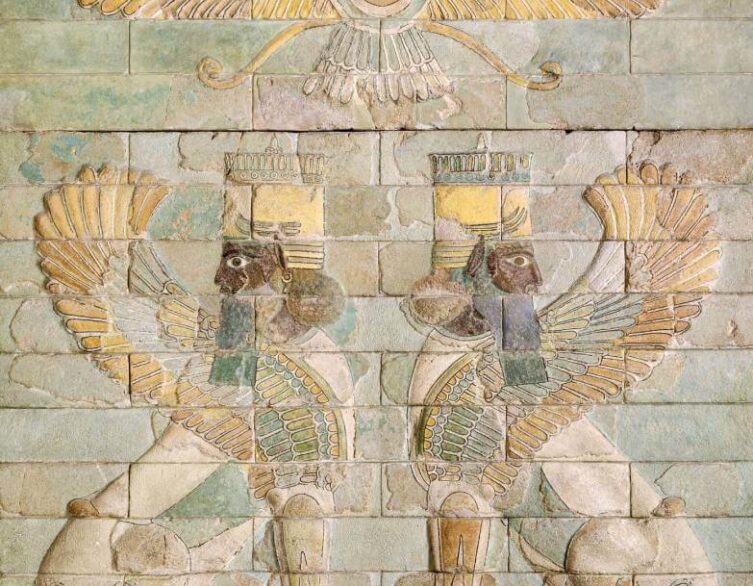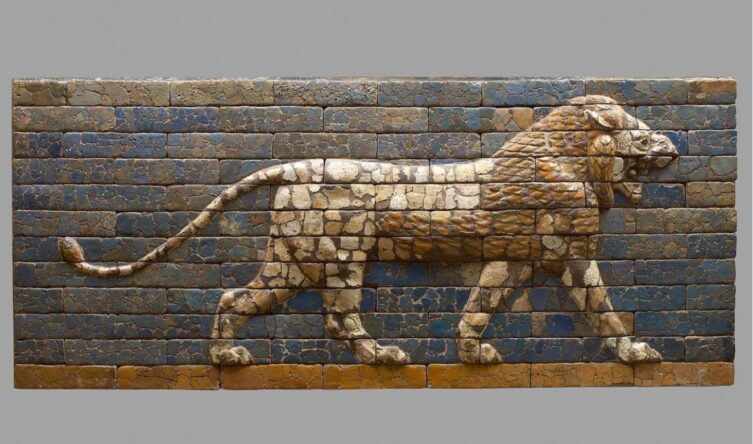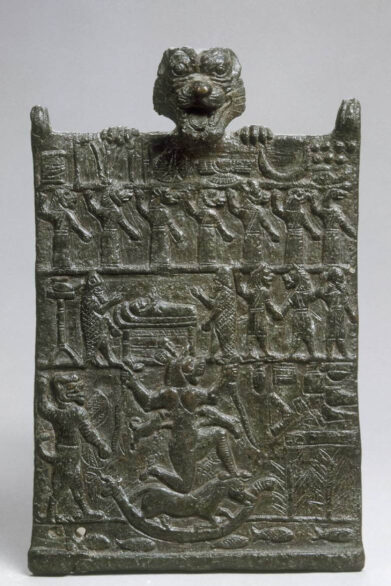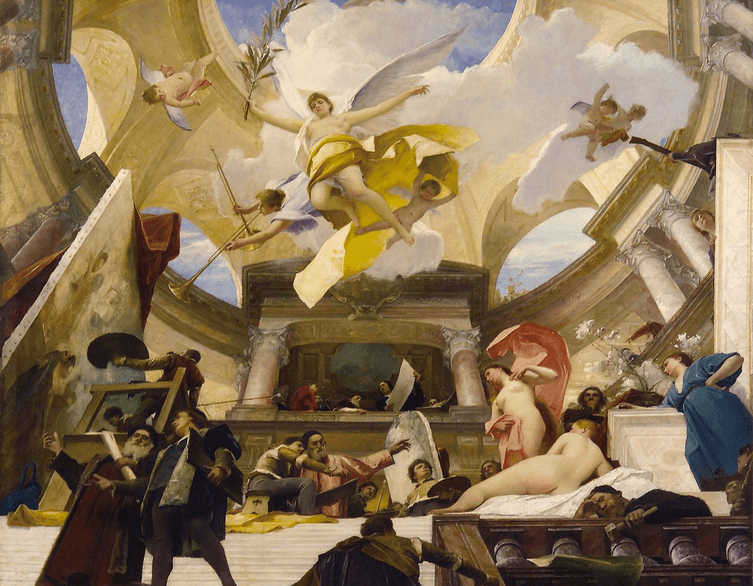Discover the Ancient World of Mesopotamia at Budapest’s “Kingdom of Gods and Demons” Exhibition

The Hungarian National Museum of Fine Arts in Budapest is hosting an extraordinary exhibition titled “Kingdom of Gods and Demons – Mesopotamia 1000-500 BC” from October 5, 2024 to February 2, 2025. This groundbreaking exhibition offers visitors a unique opportunity to explore the rich cultural heritage of ancient Mesopotamia, one of the cradles of human civilization. With over 150 artifacts on loan from renowned European collections, the exhibition provides an immersive journey into the captivating world of Assyrian and Babylonian empires.
Unraveling Mesopotamia’s Mysteries
Mesopotamia, located in present-day Iraq, Syria, and Turkey, was home to some of the earliest civilizations in human history. The exhibition focuses on the first half of the 1st millennium BC, a period marked by the rise of the Neo-Assyrian and Neo-Babylonian empires. Visitors will have the chance to marvel at famous reliefs from the cities of Assur, Babylon, Dur-Sharrukin, and Kalhu, which were excavated during the 19th and early 20th centuries.
Highlights of the Exhibition
One of the exhibition’s highlights is the glazed brick reliefs depicting dragons and lions that once adorned the Ishtar Gate and the processional way in Babylon.

From the Ishtar Gate in Babylon, Neo-Babylonian period
Property of the Kunsthistorisches Museum Vienna, Egyptian – Oriental Collection
These iconic artifacts, known worldwide, offer a glimpse into the grandeur of ancient Mesopotamian architecture and art. Visitors will also encounter an array of bronze, stone, and terracotta sculptures and amulets representing the fascinating figures of the Mesopotamian demon world, as well as artworks portraying Assyrian and Babylonian kings.
Deciphering the Divine
The exhibition delves into the Mesopotamian pantheon through intricate miniature depictions on cylinder seals made from various minerals and rocks. These seals, a characteristic artifact of the period, provide a window into the complex religious beliefs and mythologies of ancient Mesopotamia. Visitors will also have the opportunity to explore cuneiform inscriptions in the Akkadian language, including the first tablet of the Babylonian creation epic and historical texts of famous Assyrian and Babylonian kings mentioned in the Bible.
People and Gods
The ancient Mesopotamian civilizations, including the Assyrian and Babylonian empires, developed intricate belief systems centered around a pantheon of gods and demons. These supernatural beings were believed to influence all aspects of life, from the success of crops and the outcome of battles to the health and well-being of individuals.
For the common people, daily life was deeply intertwined with religious rituals and practices aimed at appeasing the gods and warding off evil spirits. People wore amulets and charms depicting protective deities, and homes often contained small shrines for offering prayers and sacrifices. The unpredictable nature of the gods meant that people lived in constant fear of divine retribution, which could manifest as illness, misfortune, or natural disasters.
Best deals of Budapest

Property of Department of Oriental Antiquities, Louvre
The ruling class, including kings and high priests, played a crucial role in mediating between the human and divine realms. Kings were often seen as the earthly representatives of the gods, and their power and authority were closely tied to their ability to maintain good relations with the deities. Royal inscriptions and monuments frequently depict kings performing religious ceremonies and receiving blessings from the gods.
All in all religion was a unifying force that helped to legitimize the rule of kings and maintain social order. The construction of monumental temples and palaces dedicated to the gods was a key priority for Mesopotamian rulers, as these structures served as powerful symbols of divine favor and political legitimacy. The annual New Year’s festival, which involved elaborate processions and ceremonies, reinforced the cosmic order and the king’s role as the divinely appointed ruler.
The Mesopotamian belief system also had a significant impact on the development of science and scholarship. The need to track the movements of celestial bodies for religious purposes led to advances in astronomy and mathematics, while the practice of divination and dream interpretation spurred the development of a sophisticated system of writing and record-keeping.
Visitors to the “Gods and Demons of the Kingdom: Mesopotamia 1000-500 BC” exhibition at the Museum of Fine Arts in Budapest will have a unique opportunity to explore the fascinating world of ancient Mesopotamian religion through a stunning collection of artifacts, including sculptures, reliefs, seals, and cuneiform tablets. By examining these objects and the stories they tell, visitors can gain a deeper understanding of how the complex belief systems of these ancient civilizations shaped the lives of individuals and the course of history.
Connecting Past and Present
The final section of the exhibition explores the biblical theme of the Tower of Babel through Dutch paintings and 20th-century Hungarian artworks from the museum’s collection.

from the Graphic Collection of the Museum of Fine Arts
This section highlights the enduring influence of Mesopotamian culture on European art and demonstrates the interconnectedness of ancient and modern civilizations. The exhibition concludes with a fascinating look at the popular culture adaptations of the Mesopotamian demon world, showcasing the ongoing relevance and fascination with this ancient civilization.
A Collaborative Effort
“Kingdom of Gods and Demons” is the result of a collaboration between the Hungarian National Museum of Fine Arts and the MTA-ELTE Momentum Assyrian and Babylonian Pantheon Research Group. The exhibition features loans from significant European collections, including the Vorderasiatisches Museum in Berlin, the Musée du Louvre and the Bibliothèque Nationale de France in Paris, the Kunsthistoriches Museum in Vienna, the National Museum of Denmark, the Ny Carlsberg Glyptotek in Copenhagen, and the Staatlichen Kunstsammlungen in Dresden. Many of the artifacts on display are symbolic works that have never been loaned before, making this exhibition a truly once-in-a-lifetime opportunity.
Conclusion
“Kingdom of Gods and Demons – Mesopotamia 1000-500 BC” is a must-see exhibition for anyone interested in ancient history, art, and culture. As the first comprehensive exhibition in Hungary dedicated to the material and spiritual culture of ancient Mesopotamia, it offers a rare chance to explore the roots of our shared human heritage. Don’t miss this extraordinary journey through time at the Hungarian National Museum of Fine Arts in Budapest.
Related news
Related events




















